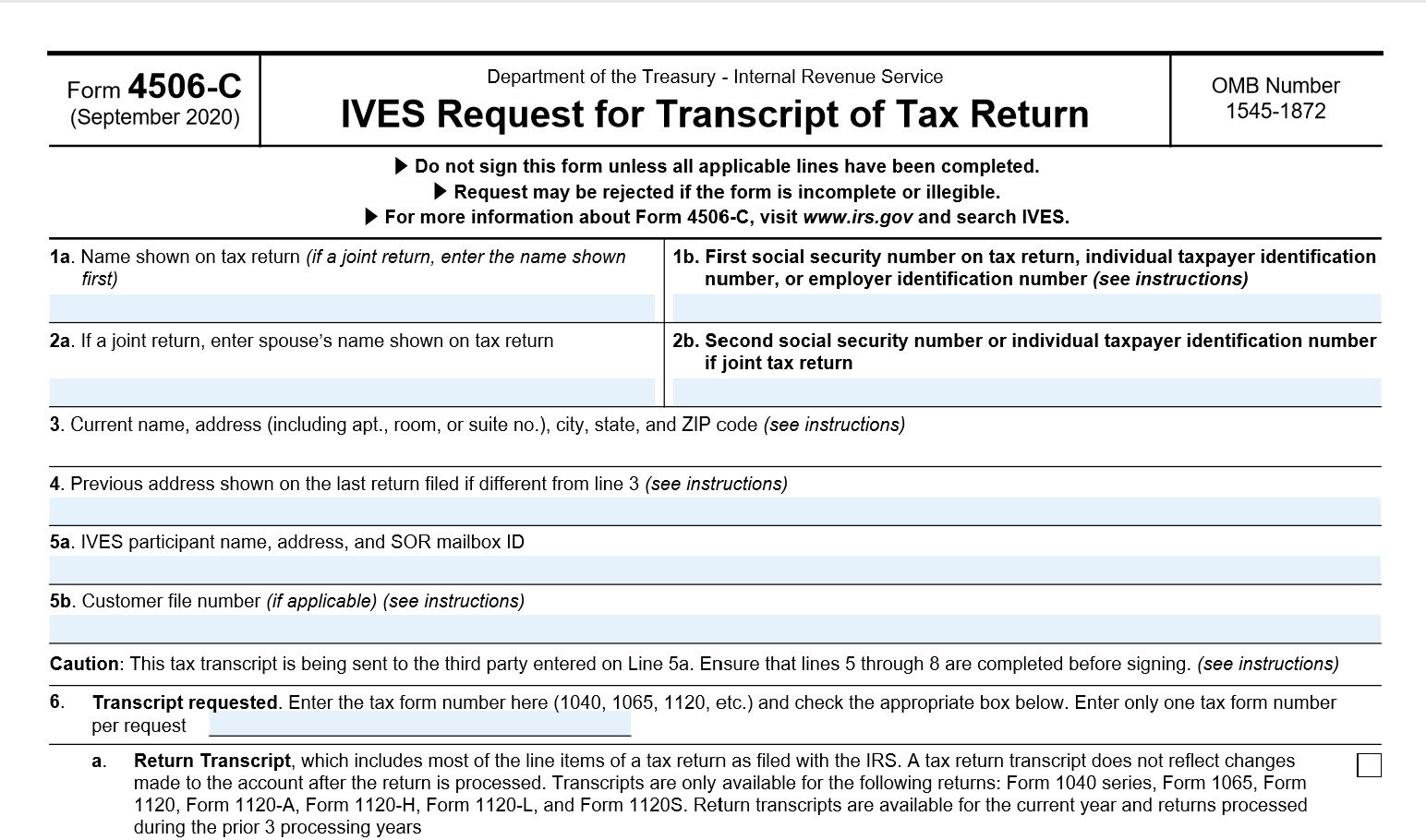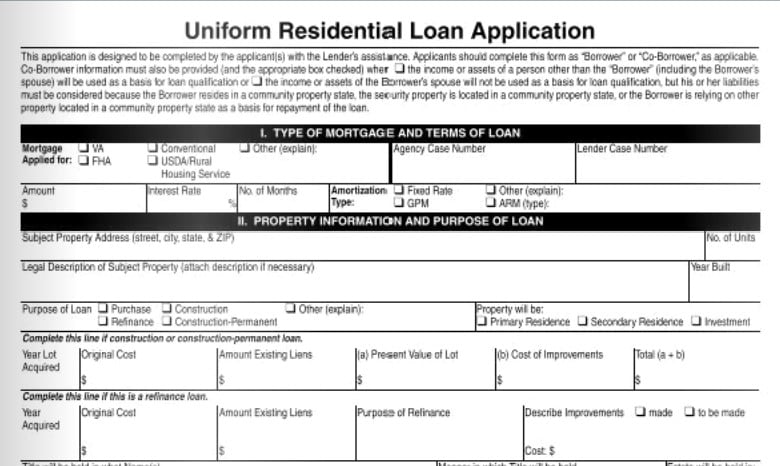Paperless mortgage obstacles are slowly becoming a thing of the past.
By Dominic Iannitti, President and CEO, DocMagic, Inc.
It was Leonardo da Vinci who said, “Obstacles cannot crush me. Every obstacle yields to stern resolve. He who is fixed to a star does not change his mind.” When it comes to facing hurdles, those of us working to remove paper from the mortgage process can certainly relate to one of history’s greatest innovators, a man who dreamed of helicopters and solar power centuries before they would become reality. Then again, in the 10-plus years since federal e-signature legislation was signed into law, it occasionally feels as though the e-mortgage is also centuries away from becoming a reality.
A big reason for this is the collapse of the housing market, which led to increased regulations and tighter investor guidelines that have drawn out the time it takes to originate loans. Homebuyers are familiar with these obstacles, too, as they continue to jump through an unprecedented number of hoops to qualify. That’s why the Internal Revenue Service’s decision to accept e-signatures on tax transcript requests is so important.
Earlier this year, the IRS completed a pilot program to test the ability to accept electronic signatures on its 4506-T Request for Tax Transcripts form, the standard document used by lenders to determine a borrower’s income and, by extension, the borrower’s ability to pay back a mortgage loan.
How important was this step? With e-signatures, borrowers can already give lenders near-instant access to their credit profiles and bank balances, the two most common factors for determining creditworthiness, second to tax transcripts. But because the IRS does not accept e-signatures, borrowers must sign 4506-T forms by hand and wait at least two days for their transcripts to be delivered.
This might not seem like a lot of time—and of course, most borrowers have no choice—but it’s still frustrating, and for lenders, any delay in the origination process has the potential to affect pull-through rates.
Electronically signed 4506-T forms, on the other hand, will mean that lenders will be able to verify the borrower’s income in as little as a few minutes. Imagine loan officers being able to sit down with a borrower, run the borrower’s numbers, and provide a solid loan approval in the time it takes to finish a cup of coffee. Yet those of us who have worked diligently for this moment to arrive have learned to expect questions.
For example, are lenders truly ready? Given the years it has taken to get to this point and the Mortgage Bankers Association’s own campaigning on this issue, the question sounds almost silly. Yet the mortgage industry as a whole has not always adapted to advances in technology, even when they were widely available—even automated underwriting tools took time to get off the ground.
Yet, I believe mortgage lenders—and indeed borrowers—are thirsting for this development. More than ever, it has become crucial for lenders to lower costs, and e-signed and delivered income verifications will save both time and money.
For this reason, an overwhelming number of mortgage disclosures are already delivered to borrowers electronically. And when my company started giving away its e-sign solution—allowing any lender to digitally sign PDFs at no cost—we were flooded with orders. So I’m convinced the demand is there.
How will lenders adapt? It is one thing to be able to order and receive tax transcripts electronically, but quite another to integrate the process and the results into one’s loan production chain. As we have seen with recent loan officer compensation rules and new TILA disclosures, it will largely be up to a lender’s technology partners—or up to lenders themselves, if they have developed their own inhouse technology—to ensure income verifications are smoothly incorporated into their lending platform.
Fortunately, most loan origination system vendors already facilitate electronic reports from third parties such as credit, appraisal and title providers. But beyond integration issues, it will be incumbent upon lenders to take advantage of the benefit of verifying borrowers as early in the process as possible.
Many lenders still take borrowers at their word regarding questions about income, often choosing to have 4506-T forms signed yet not placing the order until later in the process. Lenders now have no excuse for not addressing this task earlier, and indeed, they have no use wasting time or money chasing down borrowers who cannot qualify for a loan based on income.
How much could be saved? Under current conditions, running income verifications through the IRS usually takes several days. With the IRS Income Verification Express Service, the process could take as little as a few minutes—at the very least, a same-day turnaround.
The actual cost savings will depend on how lenders integrate income verifications into their processes. But if they leverage e-signed 4506-T forms with online 1003 applications and digital disclosures, a lender could eliminate a huge amount of paperwork that takes place at the front of the transaction.
The cost of mailing out the typical loan application packages is about $10 for each mailing, but that doesn’t include staff hours, equipment and materials to put these packages together. Cost savings is not the only benefit. Because they are generally safer and more secure than wet signatures, esignatures make it easier for lenders to prove compliance to investors. In addition, borrowers often overlook certain signature fields on paper documents—yet this is practically impossible on edocs because they can be prevented from being sent without being signed.
Despite the benefits, getting to this point has taken a long time. The industry has spent years educating itself, the public and federal agencies about e-signature technology. For example, most e-signatures are actually stronger than wet signatures, since they can be digitally sealed and allow lenders to see exactly when each signature took place, down to the minute. E-documents and e-signatures also facilitate document auditing and tracking, which allows lenders to show compliance with federal, state and investor requirements.
These things are obvious to many technologists, but it can be a foreign concept to others. It sometimes needs to be pointed out that other federal agencies, like the Department of Education and the General Services Administration, rely on electronic records and have been comfortable with electronic signatures for years.
Another issue we see when working with government agencies is that an agency may have staff who will champion electronic signatures, but then these people may leave the agency and progress becomes stalled.
Thankfully, with the help of the MBA and the cooperation between different industry players, the mortgage industry has managed to keep this issue in front of the IRS to the point we are at today. While it has not yet set formal policy regarding the issue, the IRS has completed a successful pilot and there are ample reason to believe that the agency will be accepting digitally signed 4506-T forms by the end of the year.
When all has been said and done, borrower verifications and the increasing reliance on the IRS to check borrower incomes may prove to be a huge boon to the e-mortgage movement. In fact, the enormous popularity of FHA loans today is driving a similar progress toward e-signatures at the Department of Housing and Urban Development. At the same time, electronically-signed tax transcript requests could be a huge benefit to other industries, too.
For those looking forward to paperless mortgages, it’s important to remember that it took several centuries before da Vinci’s most groundbreaking ideas came to life. As each e-signature hurdle—such as electronic income verifications—melts into the past, it’s good to know we won’t have to wait nearly as long to bear the fruits of our labor.
Let us digitally transform your mortgage process for increased efficiency and ROI. See how by scheduling a demo today.
Topics from this blog: eSign
BackSearch the Blog
- Recent
- Popular
- Topics










List By Topic
- Compliance (100)
- eClosing (85)
- eSign (71)
- Awards (70)
- Integrations (57)
- Industry Publications (52)
- Total eClose (44)
- eNotes (33)
- Remote Online Notarization (31)
- Document Generation (30)
- eDisclosures (25)
- GSEs (18)
- eVault (18)
- eNotary (16)
- SmartCLOSE (13)
- LoanMagic (12)
- eDelivery (11)
- Philanthropy (8)
- Partnerships (7)
- AutoPrep (3)
- Industry Insight (3)
Subscribe Here
Download the Truliant Federal Credit Union Case Study
Truliant took several key steps to refine its 100% digital eClosing process — including finding the right technology partner.

